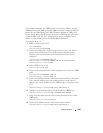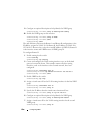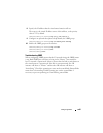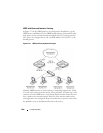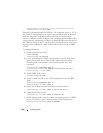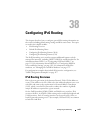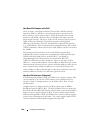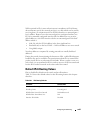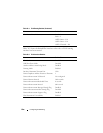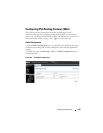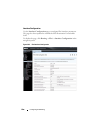
Configuring IPv6 Routing 1241
38
Configuring IPv6 Routing
This chapter describes how to configure general IPv6 routing information on
the switch, including global routing settings and IPv6 static routes. The topics
covered in this chapter include:
• IPv6 Routing Overview
• Default IPv6 Routing Values
• Configuring IPv6 Routing Features (Web)
• Configuring IPv6 Routing Features (CLI)
The Dell Networking series switches support additional features to help
manage IPv6 networks, including OSPFv3, DHCPv6, and IPv6 multicast. For
information about OSPFv3, see "Configuring OSPF and OSPFv3" on
page 1111. For information about DHCPv6, see "Configuring DHCPv6
Server and Relay Settings" on page 1265. For information about IPv6
multicast, see "Managing IPv4 and IPv6 Multicast" on page 1337.
For configuration examples that include IPv6 interface configuration, see
"OSPF Configuration Examples" on page 1177
IPv6 Routing Overview
IPv6 is the next generation of the Internet Protocol. With 128-bit addresses,
versus 32-bit addresses for IPv4, IPv6 solves the address depletion issues seen
with IPv4 and removes the requirement for Network Address Translation
(NAT), which is used in IPv4 networks to reduce the number of globally
unique IP addresses required for a given network.
On the Dell Networking N2000, N3000, and N4000 series switches, IPv6
coexists with IPv4. As with IPv4, IPv6 routing can be enabled on loopback and
VLAN interfaces. Each L3 routing interface can be used for IPv4, IPv6, or
both. IP protocols running over L3 (for example, UDP and TCP) are common
to both IPv4 and IPv6.



